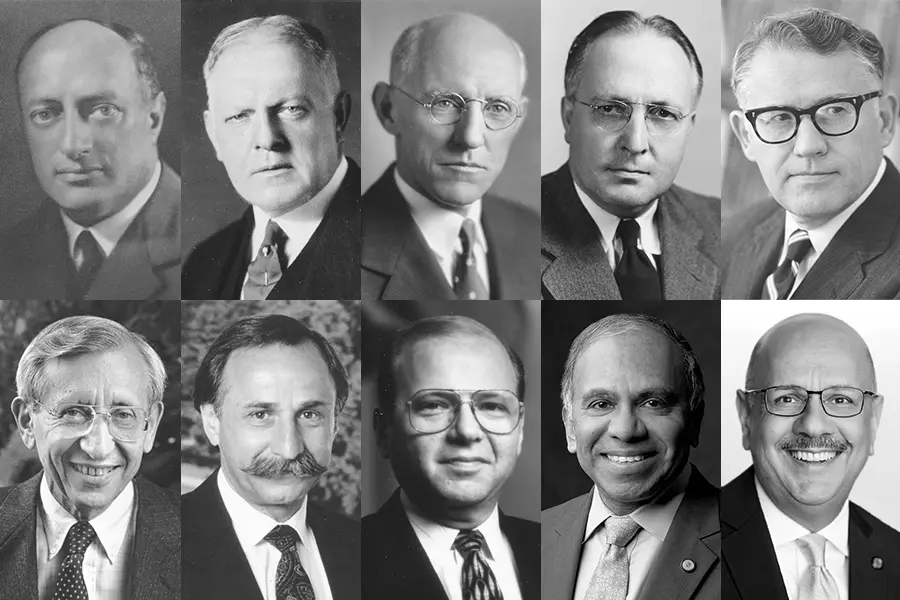
Leadership and Vision: 125 Years of CMU’s Presidents
During its 125-year history, Carnegie Mellon has been led by presidents with the inspirational vision the university needed at that moment to help CMU grow and evolve into a higher education that educates and innovates for a better future for all.
Farnam Jahanian, 2017-Present
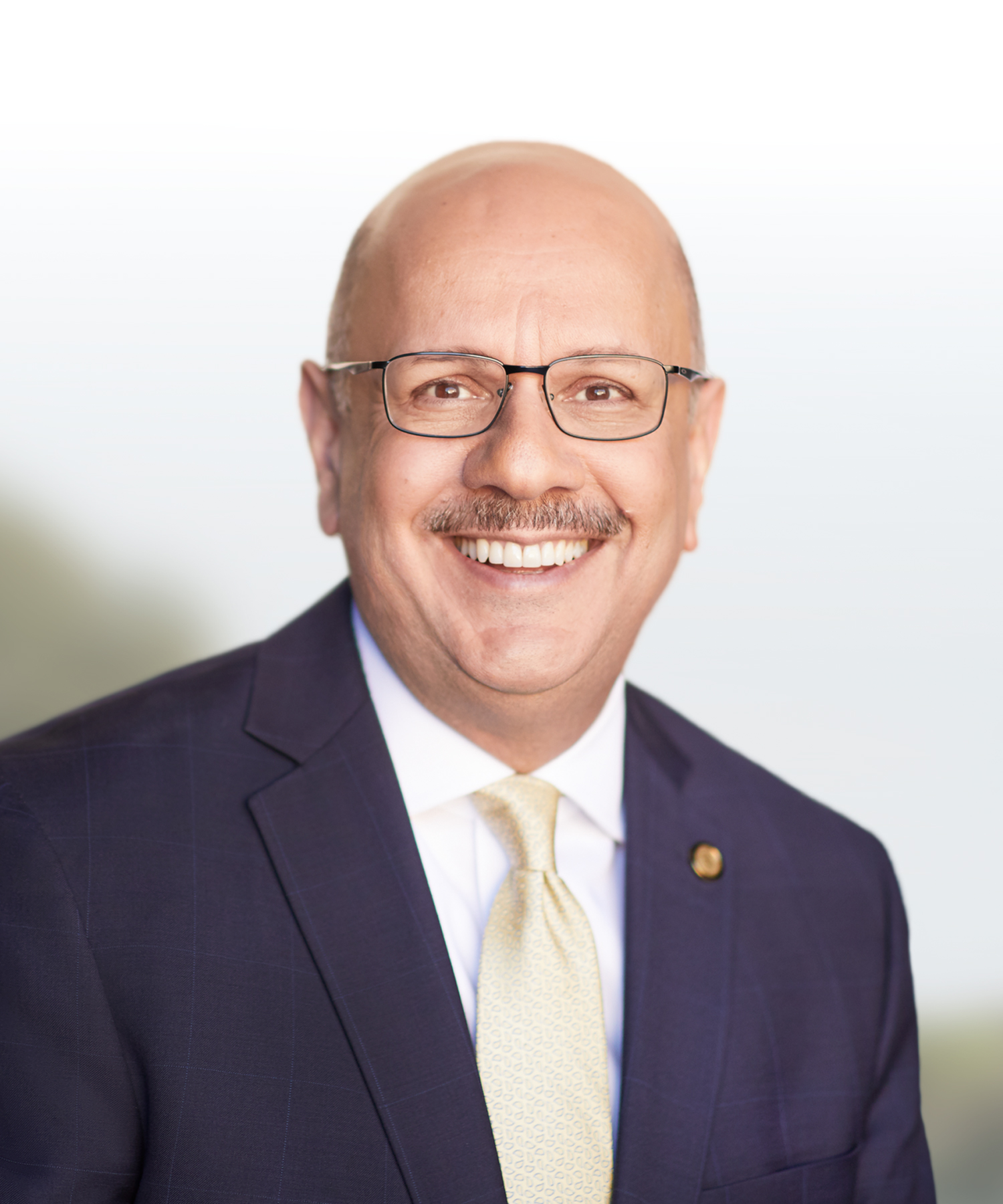 A nationally recognized computer scientist, entrepreneur, public servant and academic leader, Jahanian has advanced a number of key priorities at the university and in higher education more broadly. He has spearheaded efforts at CMU to enhance the overall student experience, with a focus on holistic health and well-being, student success and inclusion. As president, Jahanian has led the most ambitious expansion of campus infrastructure in CMU’s history, including the renovation of education and learning spaces, a re-envisioning of the residential experience, and the addition of a state-of-the-art maker ecosystem.
A nationally recognized computer scientist, entrepreneur, public servant and academic leader, Jahanian has advanced a number of key priorities at the university and in higher education more broadly. He has spearheaded efforts at CMU to enhance the overall student experience, with a focus on holistic health and well-being, student success and inclusion. As president, Jahanian has led the most ambitious expansion of campus infrastructure in CMU’s history, including the renovation of education and learning spaces, a re-envisioning of the residential experience, and the addition of a state-of-the-art maker ecosystem.
Today, Jahanian drives important conversations and initiatives aimed at helping higher education adapt to the future of work in the age of automation and artificial intelligence and elevating the role of universities in expanding the footprint of U.S. innovation.
Subra Suresh, 2013-2017
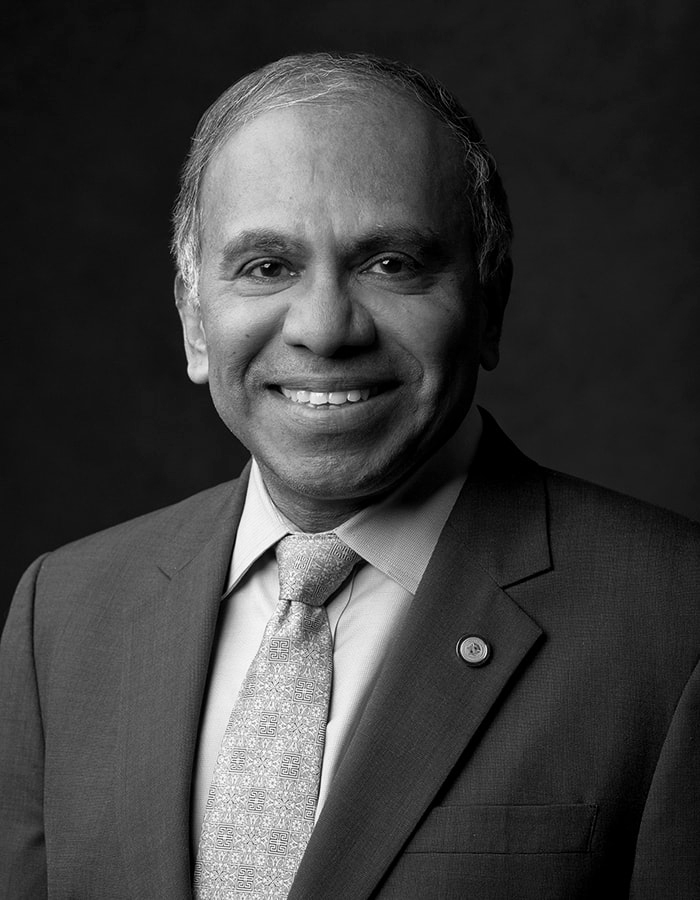 During his tenure, Suresh initiated the year-long, campus-wide efforts that resulted in the university's Strategic Plan 2025, and oversaw an historic expansion of the university's facilities, highlighted by the creation of the David A. Tepper Quadrangle.
During his tenure, Suresh initiated the year-long, campus-wide efforts that resulted in the university's Strategic Plan 2025, and oversaw an historic expansion of the university's facilities, highlighted by the creation of the David A. Tepper Quadrangle.
He also created the Presidential Fellowships and Scholarships program, forged new partnerships with global interests such as Tata Consulting Services, established the Simon Initiative, BrainHub and Swartz Center for Entrepreneurship.
Jared L. Cohon, 1997-2013
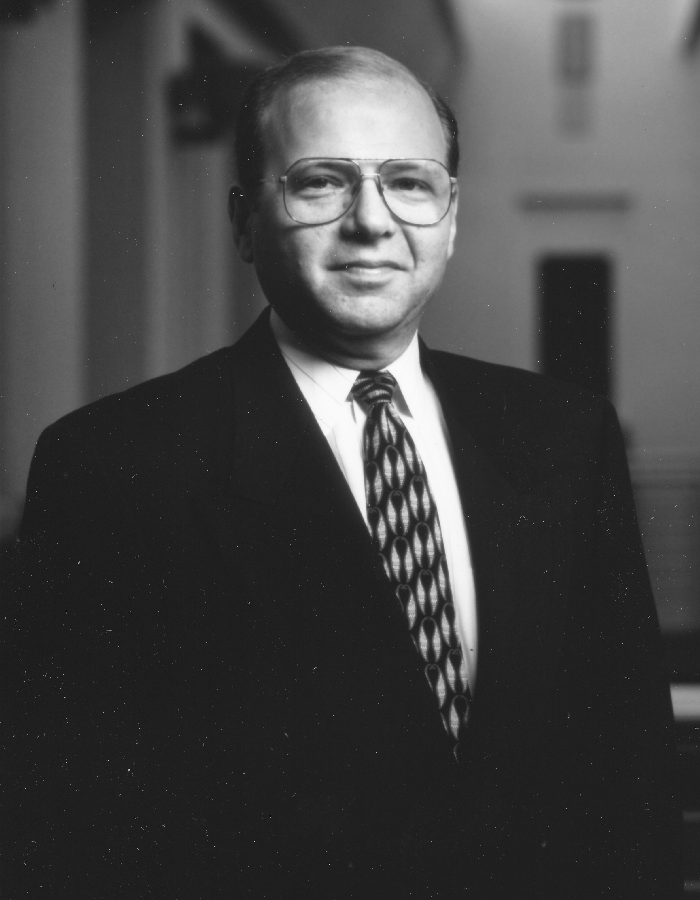 Cohon guided all of the university's global expansion efforts, and successfully led the university on a variety of fronts, including diversity, technology, international education, and economic development in southwest Pennsylvania.
Cohon guided all of the university's global expansion efforts, and successfully led the university on a variety of fronts, including diversity, technology, international education, and economic development in southwest Pennsylvania.
Under his leadership, Carnegie Mellon became one of the largest and fastest-growing universities in terms of global expansion: The university grew from having few international programs to offering 16 degree programs in 14 countries.
Robert Mehrabian, 1990-1997
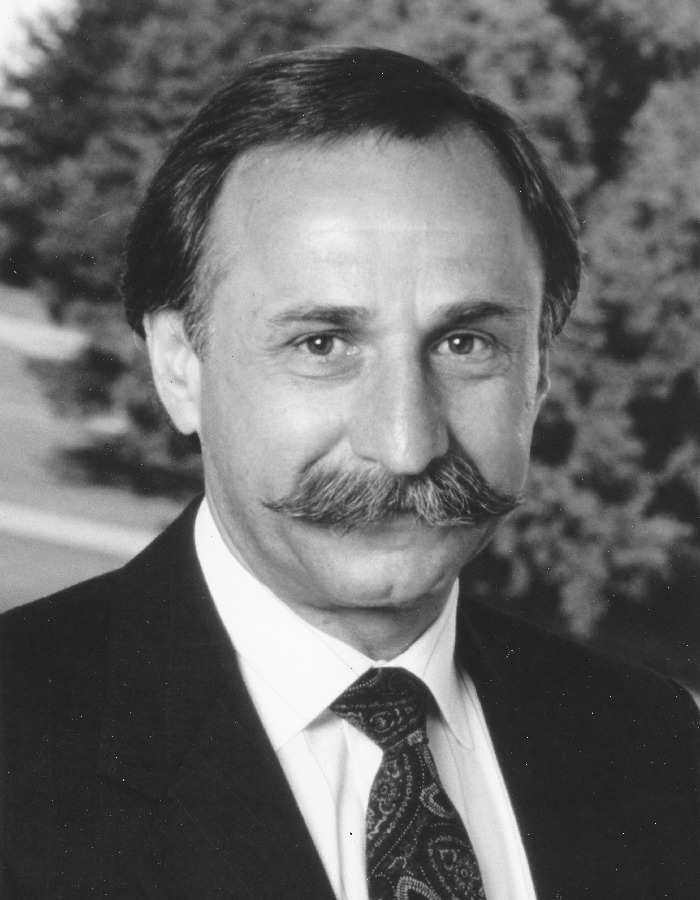 During Mehrabian’s presidency, enhancements in academic programs and student activities were initiated that more than doubled student applications. Mehrabian oversaw the completion of the East Campus Project, an ambitious building plan for the eastern part of campus that resulted in a new $47 million University Center, two new residence halls, Gesling Stadium and a new multi-level indoor parking garage.
During Mehrabian’s presidency, enhancements in academic programs and student activities were initiated that more than doubled student applications. Mehrabian oversaw the completion of the East Campus Project, an ambitious building plan for the eastern part of campus that resulted in a new $47 million University Center, two new residence halls, Gesling Stadium and a new multi-level indoor parking garage.
During the Mehrabian administration, Carnegie Mellon played a vital role in the Regional Economic Revitalization Initiative, which developed a plan for economic development in the greater Pittsburgh area.
Richard M. Cyert, 1972-1990
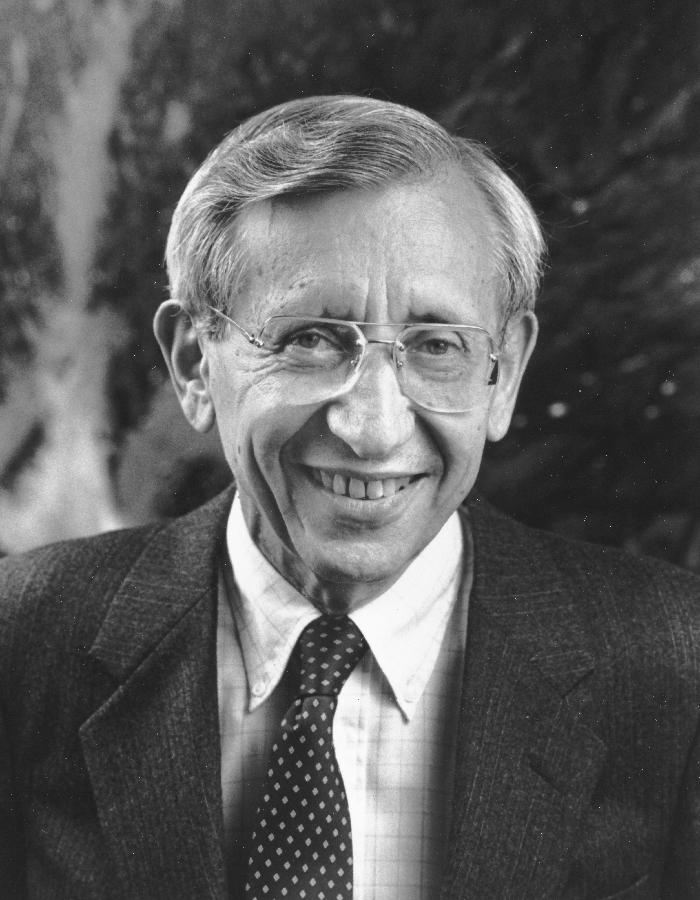 Cyert led the school to national prominence by implementing a strategy to pursue areas in which the university had the talent and expertise to make the most impact. His sponsorships of computing initiatives and willingness to take risks played an important part in the development of the computing-intensive environment that exists today. The Robotics Institute, the largest academic research center of its kind, was established in 1979, and the School of Computer Science was founded in 1988.
Cyert led the school to national prominence by implementing a strategy to pursue areas in which the university had the talent and expertise to make the most impact. His sponsorships of computing initiatives and willingness to take risks played an important part in the development of the computing-intensive environment that exists today. The Robotics Institute, the largest academic research center of its kind, was established in 1979, and the School of Computer Science was founded in 1988.
During his presidency, Carnegie Mellon had made the transition from an excellent regional school to a prominent national research university with students and faculty bringing diverse backgrounds and perspectives from all parts of the globe.
H. Guyford Stever, 1965-1972
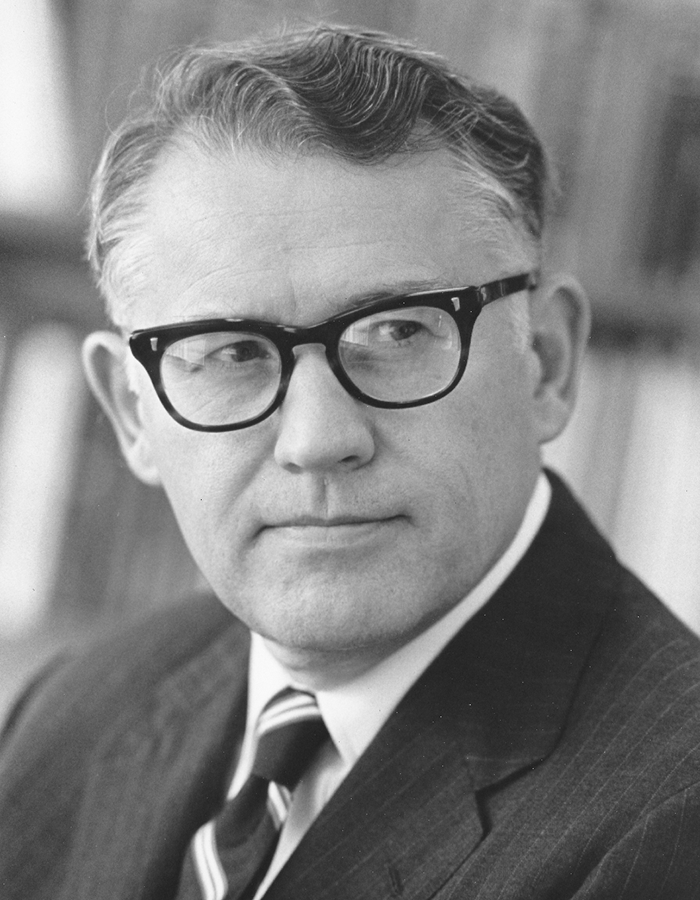 One year after his inauguration, Stever announced that negotiations for a merger with the nearby Mellon Institute of Research had been finalized. During Stever's administration, new colleges and schools were formed: The College of Humanities and Social Sciences (now Dietrich College), the Mellon College of Science, the Carnegie Institute of Technology (now College of Engineering), and the School of Urban and Public Affairs took their place beside the College of Fine Arts and the flourishing Graduate School of Industrial Administration (now the Tepper School of Business). (One school, however, the Margaret Morrison Carnegie College for Women, ceased operations.)
One year after his inauguration, Stever announced that negotiations for a merger with the nearby Mellon Institute of Research had been finalized. During Stever's administration, new colleges and schools were formed: The College of Humanities and Social Sciences (now Dietrich College), the Mellon College of Science, the Carnegie Institute of Technology (now College of Engineering), and the School of Urban and Public Affairs took their place beside the College of Fine Arts and the flourishing Graduate School of Industrial Administration (now the Tepper School of Business). (One school, however, the Margaret Morrison Carnegie College for Women, ceased operations.)
Carnegie Mellon also made dramatic advances in computing under Stever.
John Christian Warner, 1950-1965
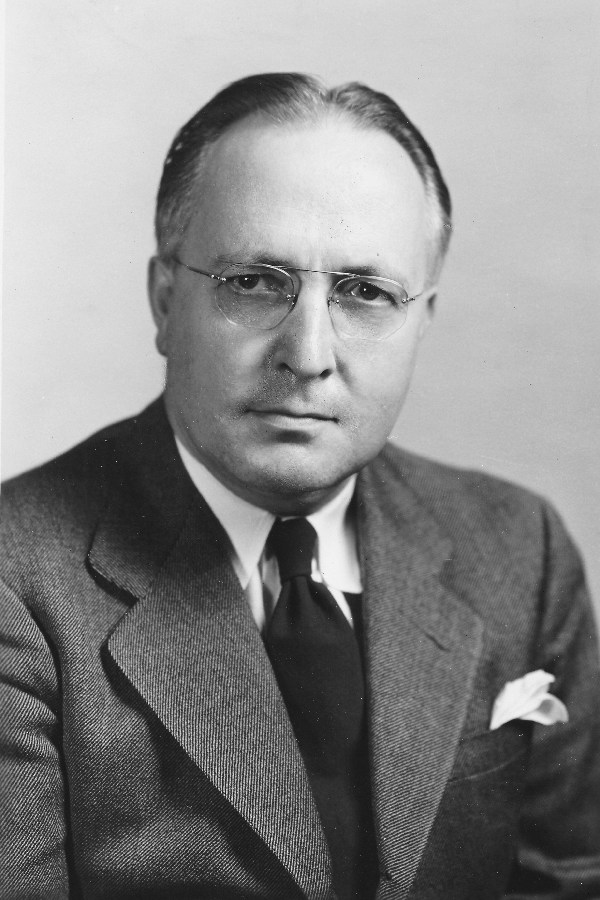 Warner joined Carnegie Tech as an instructor in 1926 and rose through the ranks to professor, head of the Department of Chemistry, dean of graduate studies, university vice president and finally president in 1950. Recognizing that the university would only make progress with a distinguished faculty, Warner improved faculty salaries and fringe benefits.
Warner joined Carnegie Tech as an instructor in 1926 and rose through the ranks to professor, head of the Department of Chemistry, dean of graduate studies, university vice president and finally president in 1950. Recognizing that the university would only make progress with a distinguished faculty, Warner improved faculty salaries and fringe benefits.
The graduate business school, named the Graduate School of Industrial Administration, was founded in 1949 and its building completed in 1952. In the early 1960s, Hunt Library, including the Hunt Institute for Botanical Documentation, opened, and the Scaife Hall of Engineering was completed. Warner acquired funding to support the development of Tech's Computation Center, the origin of Carnegie Mellon's world leadership in computing.
Robert E. Doherty, 1936-1950
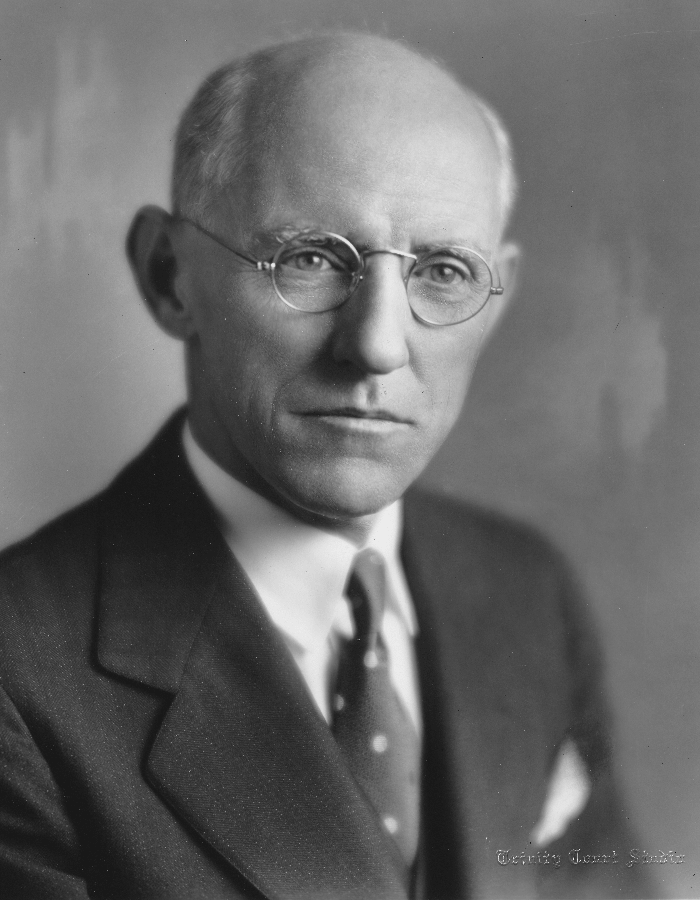 Doherty became president in the midst of the Great Depression, bringing with him a clear vision of what technical education ought to be, a firm commitment to promote graduate education and research, and strong administrative ability.
Doherty became president in the midst of the Great Depression, bringing with him a clear vision of what technical education ought to be, a firm commitment to promote graduate education and research, and strong administrative ability.
Doherty’s approach to undergraduate education, the “Carnegie Plan,” helped shape a student body in which full-time undergraduate and graduate students outnumbered part-time night students, a revitalized faculty whose members focused their energies on both teaching and research, a dramatic new curriculum, a reorganized administrative structure, an endowment that nearly doubled during his tenure, and an institution that would very quickly become one of the nation's premier universities.
Thomas S. Baker, 1922-1935
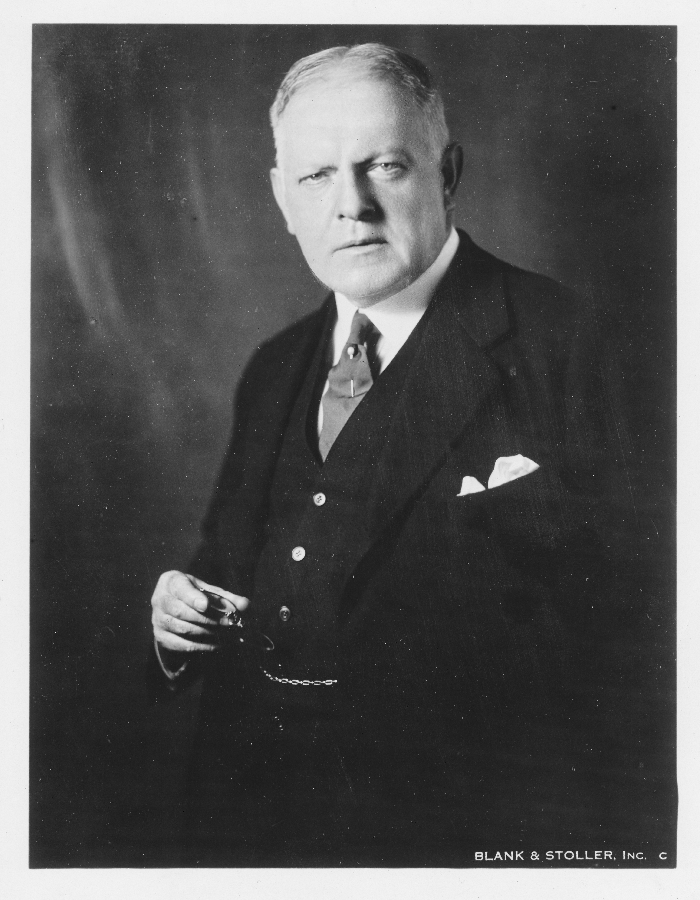 Baker worked to solidify Carnegie Tech’s reputation and academic programming. Few new academic developments took place during his administration, but he did lead work to improve the physical appearance of the campus and served as an ambassador for Tech in the Pittsburgh community.
Baker worked to solidify Carnegie Tech’s reputation and academic programming. Few new academic developments took place during his administration, but he did lead work to improve the physical appearance of the campus and served as an ambassador for Tech in the Pittsburgh community.
Arthur A. Hamerschlag, 1903-1922
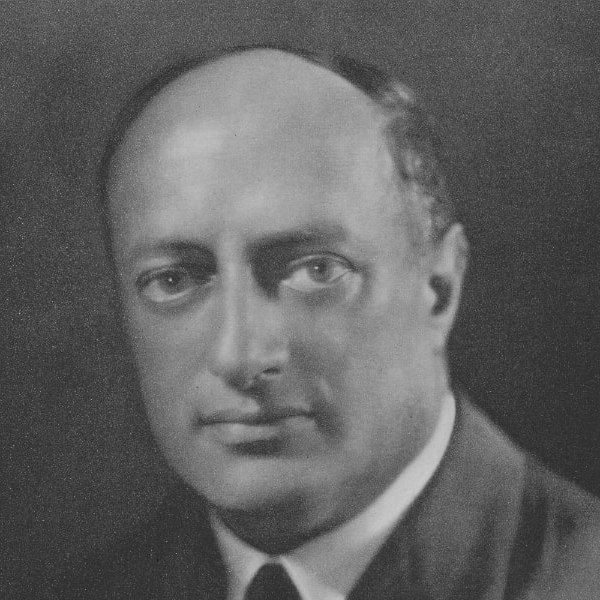 Hamerschlag, a well-known figure in industrial education in New York, was selected as Carnegie Technical School’s first director in November 1903. In 1912, his title was changed to president. Hamerschlag led the development of four- and five-year programs that led to bachelor's and master's degrees, and in 1912, the Carnegie Technical Schools became the Carnegie Institute of Technology.
Hamerschlag, a well-known figure in industrial education in New York, was selected as Carnegie Technical School’s first director in November 1903. In 1912, his title was changed to president. Hamerschlag led the development of four- and five-year programs that led to bachelor's and master's degrees, and in 1912, the Carnegie Technical Schools became the Carnegie Institute of Technology.
Under Hamerschlag, the campus began to grow as four new buildings were constructed — Industries Hall (now Porter Hall), Engineering Hall (now Doherty Hall), Hamerschlag Hall and the College of Fine Arts Building. Margaret Morrison Carnegie College, a women's college named for school founder Andrew Carnegie's mother, was also established.